
Rüfüs du Sol Live
One of Australia’s biggest musical exports returned to Australia, selling out arenas. We caught up with the sound crew at the second Melbourne Showgrounds date.
Performing electronic/dance music live has always been a tough nut to crack. Early attempts were often hilarious. The implicit contract between the stage and the audience was: we’re miming; you know we’re miming; we know you know; but let’s have some fun anyway.
I don’t think anyone does live dance music better than Rüfüs du Sol. The three-piece group supplements playback parts with actual, meaningful live performances. There’s live drumming… and not just triggers, actual acoustic drumming too. And the vocals of Tyrone are compelling. Fragile, reedy… you hang off every word.
“We have a lot of inputs from stage — around 70,” explains Cam Trewin. Cam is more than the Rüfüs du Sol front of house engineer he’s part of the group’s inner audio sanctum and has been for around a decade. Everyone in that inner circle is utterly meticulous about sound. Once a studio track joins the live set list, it’s painstakingly prepared. The band’s studio producer and mixer, Cassian, readies the music and preps them into stems. Cam confers with Cassian on aspects that need massaging for a live context — reining in the 808 kick drum sounds is a good example.
During production rehearsals the band elects to perform certain parts on their synths and SPDs, and it’s determined which drums and percussion parts are retained in the live tracks. That said, a kick sequencer part is always retained. Drummer James Hunt will play the kick during jams but at all other times a kick sequencer leads the timecode driven sections.
“The kick part is a fundamental part of the mix,” explains Cam Trewin. “In fact, I’ll sidechain any other parts that operate in that area of the frequency spectrum. I spend a lot of time fine tuning the attack and release on that sidechaining such that it’s imperceptible in the mix but it does help to maintain low end clarity.”
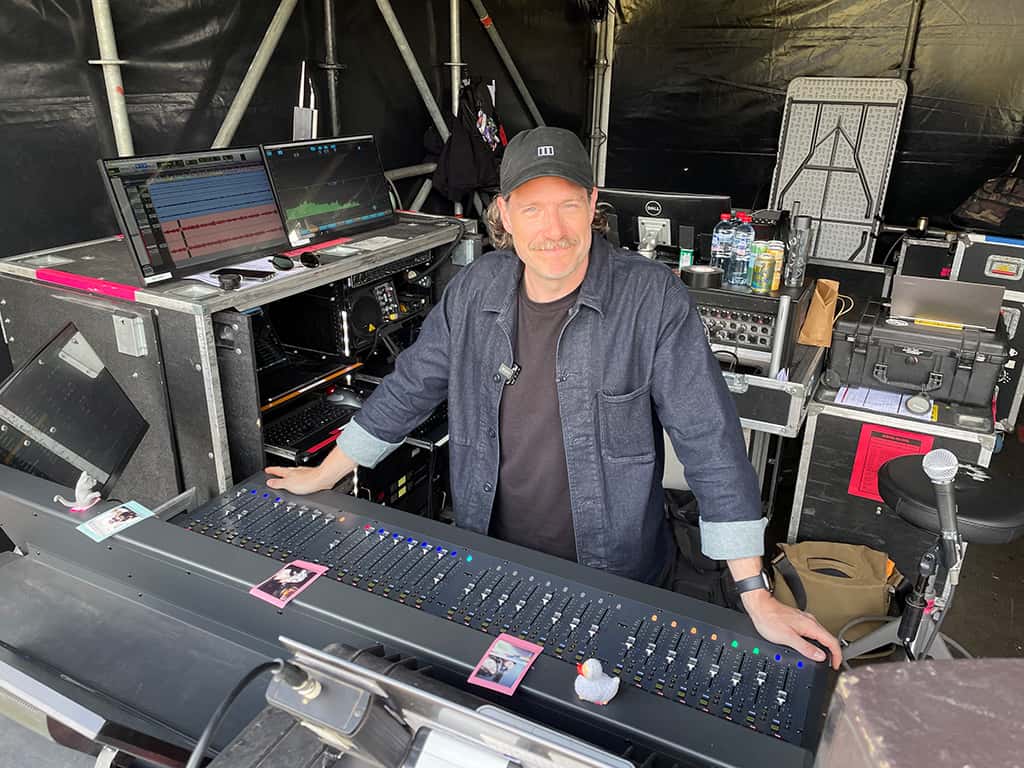

RINSE & REPEAT
Power and clarity are key and the fundamentals of the live show mix have been fastidiously fine-tuned and balanced to within an inch of their lives. It’s a ‘unity mix’ as Cam describes it. Spark up the Avid S6L, set all the input faders to unity and let ‘er rip.
It doesn’t mean that Cam gets to phone his mix in from a room at the Hyatt. It just means that anything and everything that can be nailed down has been… meticulously. Instead, Cam spends the show with all eight digits hovering over the centre section faders. All eight faders pertain to Tyrone’s vocal performance, including FX returns. The way Cam describes it, his routine sees his focus flip from mixing those faders and tweaking the system EQ: “I’m balancing the subtleties of all of those effects returns; precisely anticipating the delay throws; and then constantly critiquing the tonal balance of the front of house mix like a mastering engineer. I’ll always flip between the graphic EQ, the parametric EQ, then the system EQ and I’m forever massaging it; I’m making changes throughout the whole show. I never sit static: mixing the vocal, tweaking EQ, mixing, EQ.”
Cam Trewin relies on Waves’ C6, F6 and noise suppression plug-ins to surgically sculpt the vocal sound.
VOCAL SIGNAL PATH: WAVES
Now that you’re getting a sense of Cam Trewin’s perfectionist tendencies, you won’t be surprised to hear that his vocal signal path is specific and involved.
Cam relies on a suite of Waves plug-ins that take care of all the corrective EQ and dynamics… actually, I’ll let Cam explain:
“I run two lots of inserts. Some primary Waves plug-ins that are hosted inside of the S6L and I use these tools more for sonic surgery or noise suppression. The chain starts with the Waves C6 multiband compressor and then goes into an instance of Waves Tune vocal pitch correction. All these plug-ins are snapshot recalled between each song, depending on how much time Tyrone spends in falsetto, for example.
I then go into a Waves WNS noise suppression plug-in. It’s intended more for post production dialogue work but the fact it’s multi-band works for me. You can target specific spill areas and dial that band’s fader in and out. That said, I also use the Waves NS-1 noise suppressor. It’s bit of a push/pull relationship and I juggle them to find the best balance. Get it wrong and you can really choke the tone. Those settings are automated from song to song as well.
“Next is the Waves F6 dynamic EQ. I love this plug-in. It’s really subtle and really transparent but does its job really, really well. Post that, I have a high-frequency limiter that works as a de-esser. Finally, there’s just a little bit of channel EQ and I tend to chase this from show to show, depending on the spill and how Tyrone’s feeling on the night.”


UAD plug-ins are used more to apply some sonic fairy dust and FX.
VOCAL SIGNAL PATH: UAD
“Post that insert, I go into a separate Universal Audio chain and this is not snapshot recallable — effectively, it just sits like a hardware insert over his vocal throughout the show. First up, I’ve got a Fairchild 670 (the Legacy version) applying a little notch EQ. That goes into an 1176 (the AE version) and I really like the sound of this. And then at the very end is the Chandler Limited Curvebender with just a little bit of air and some other little bits and pieces to restore some frequencies that may have been hit by previous processing. And that’s obviously all fed back into the console.
“From an effects perspective: vocal effects include a short room and a longer verb, in this case a UAD EMT140, which stays pretty static throughout the show. I really love the sound of that. I have a couple of delays as well, which change from song to song: a high- and low-passed ping pong quarter-triplet delay that I throw and another, long-note delay.”
What about Tyrone’s vocal mic? It’s a Shure KMS9HS and has been for more than five years. “The KMS9 has won multiple shootouts we’ve conducted. It sounds good but it’s the off-axis rejection that is the biggest winner. I recently tested a new DPA de:facto handheld and it’s a gorgeous-sounding microphone but we were picking up too much spill — when you’ve got James on drums smashing 16ths on the hi-hats right next to him, that’s a big factor, in fact, it’s a bigger deal than subjective sound quality.”

AVID CONSOLE CONSUMER
Cam’s S6L is pivotal to his workflow. He was an early adopter, touring the first mixer in Australia, and willing to forgive the odd quirk in exchange for the seamless ProTools integration, just for starters.
“We tour a full content team — videographers, photographers, a creative director, and more — which means all the socials, every piece of content, is generated internally. That, of course, includes audio. So I record each night into Pro Tools and I can generate broadcast mixes for whoever needs it based on the desk mix — I have a portable Pro Tools rig in my hotel room that allows me to do a quick master on the two-track mix. I’ve managed to automate/sidechain the level of the ambient mics in the mix and that saves me time finalising those two-track mixes.
“If someone needs something specific, then I can generate a multitrack mix as well. That said, the desk mix actually translates really quite well and I often end up using that as a reference on my multitrack mix. I think because it’s just so refined — there’s so much programming that’s gone into that desk mix.
“So you can see why I’m so wedded to the S6L, it’s not just a mixing console to me. Saying that, it’s a damn good mixing console. The level of programmability, in the snapshots, even through to the event control, is amazing. For example, I have a Show Start event that will prompt the console to put Pro Tools into Record, and it will flash the console to tell me that we’re in Record. Plus, it’s the only console that allows me to host the Waves plug-ins inside the console.”











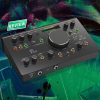









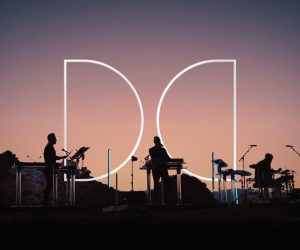
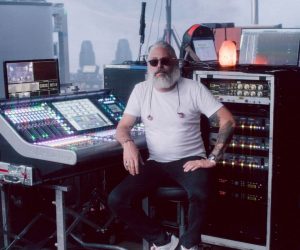
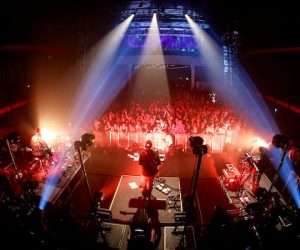


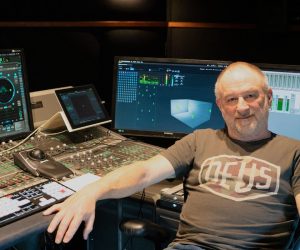








RESPONSES